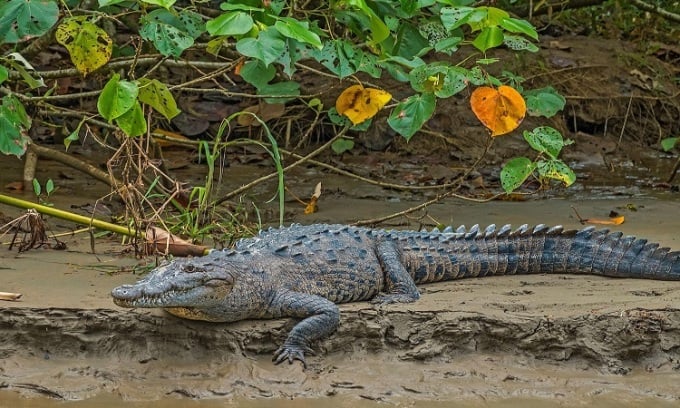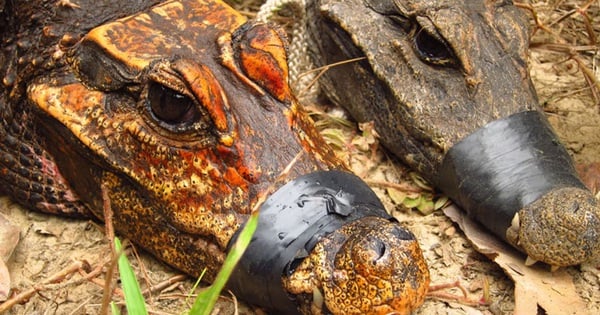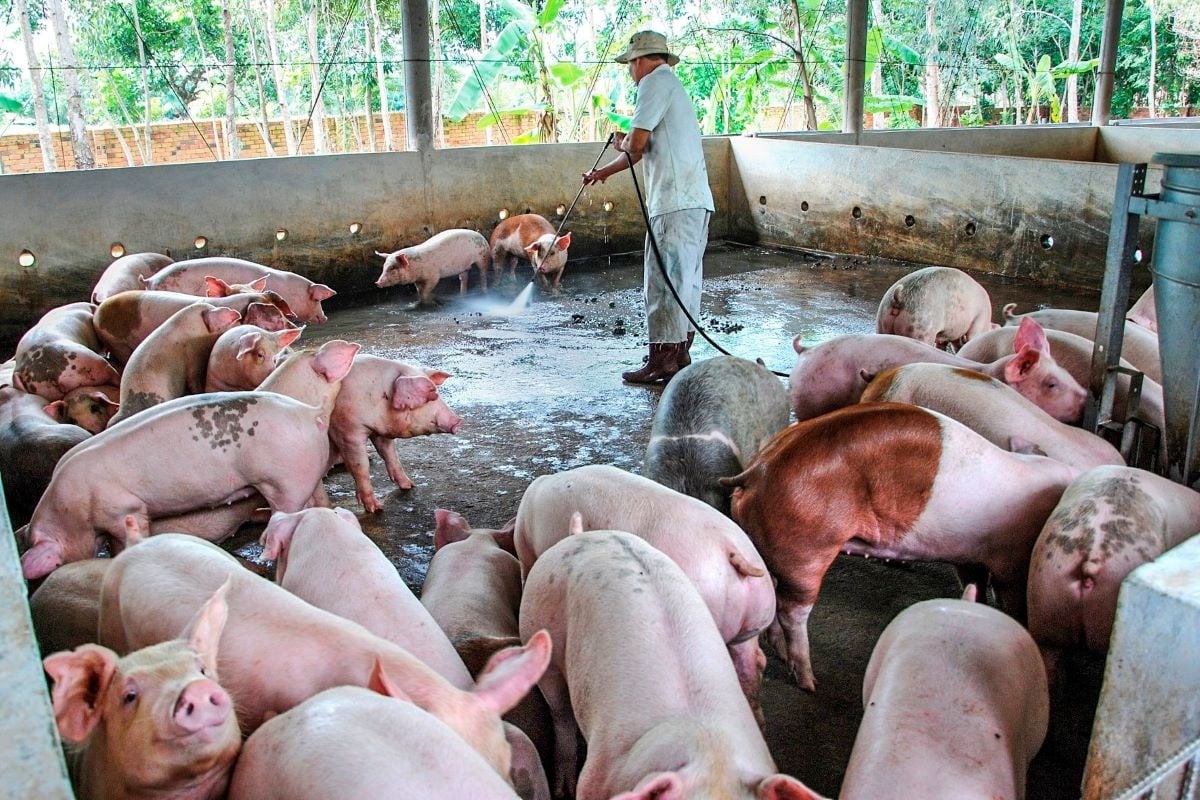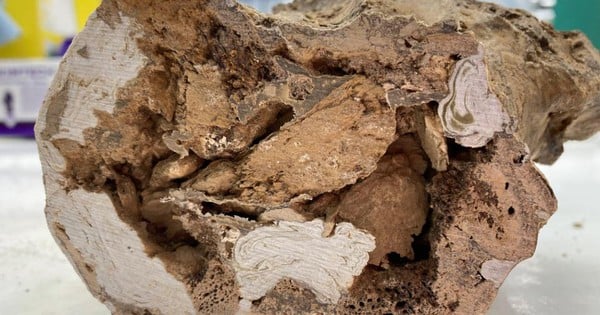Costa Rica An American crocodile that lived alone in a reptile park cage for 16 years laid a clutch of 14 eggs, surprising zoo staff.

The American crocodile living in Parque Reptilandia has never mated. Photo: Alamy
Scientists have recorded the first case of a crocodile giving birth to a virgin. A female crocodile that had lived in isolation for 16 years was found with a clutch of eggs, revealing the evolutionary origins of this reproductive behavior. The American crocodile ( Crocodylus acutus ) was captured at the age of 2 and lived in an enclosure at the Parque Reptilandia reptile park in Costa Rica. She remained there alone for the next 16 years. However, in January 2018, authorities found a clutch of 14 eggs in the enclosure.
Parthenogenesis is a form of asexual reproduction in species that can normally reproduce sexually. Scientists have documented asexual reproduction in captive birds, sharks, lizards, and snakes, among others. But scientists have never before seen such behavior in the crocodilians, which include alligators, crocodiles, caimans, and Ganges crocodiles.
In a study published June 7 in the journal Biology Letters, the authors reported that seven of the 14 eggs laid by the Costa Rican crocodile were viable. Zoo staff incubated the eggs, but they did not hatch. They opened them. The contents of six of the eggs were unclear, but the remaining egg contained a fully formed embryo. Genetic analysis showed that it was nearly identical to its mother.
The team, led by Warren Booth, an entomologist at Virginia Tech, said they were disappointed that the eggs did not hatch. But it is not uncommon for babies born this way to be malformed and fail to develop. Parthenogenesis may be more common in endangered species, they said.
The discovery of parthenogenesis in crocodiles means that this form of reproduction is also found in birds, descendants of dinosaurs, and crocodiles, demonstrating a common evolutionary origin. Birds and crocodiles are surviving representatives of the archosaurs, the group of animals that includes dinosaurs and pterosaurs.
An Khang (According to Live Science )
Source link




































































Comment (0)